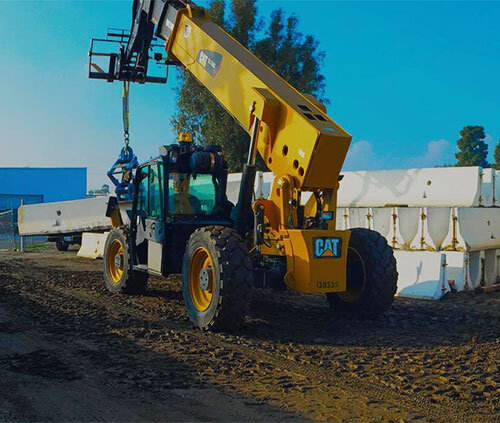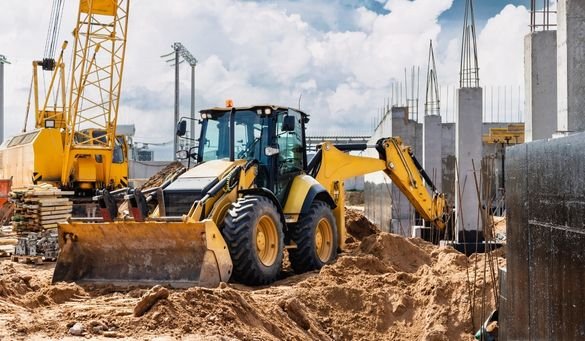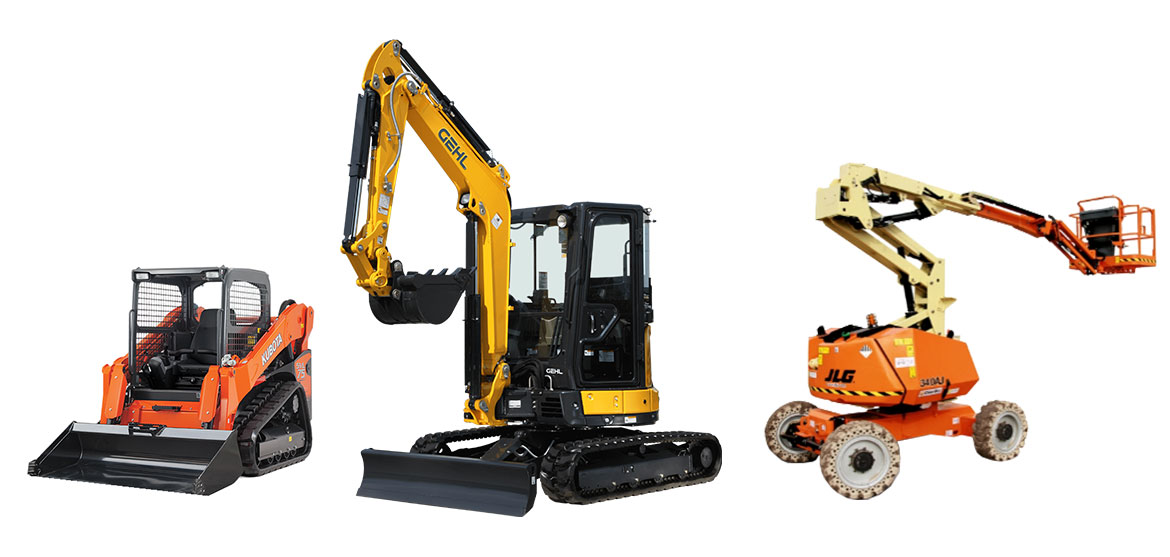Optimize Your Spending Plan by Understanding the Expenses Connected With Building And Construction Equipment Rentals
Comprehending the complete extent of expenses linked with building and construction equipment services is critical for optimizing your budget plan. What techniques can be used to effectively handle these prices and ensure a much more effective rental experience?
Summary of Rental Costs
When taking into consideration building and construction equipment services, comprehending the associated prices is critical for reliable budgeting and job planning. Rental expenses can vary substantially based on numerous aspects, consisting of tools type, period of leasing, and location. The preliminary rental fee often shows the equipment's market need and its connected operational capacities, influencing the total cost.
Along with the base rental price, supplementary costs may occur, such as transportation fees, gas surcharges, and upkeep costs. It is important to account for these additional costs to accurately assess the complete expense of leasing equipment. The rental period can impact prices; longer leasings may certify for reduced rates, while temporary rentals could sustain higher everyday costs.

Malfunction of Rental Prices
A thorough understanding of rental rates is crucial for service providers and project managers aiming to optimize their budgets. Rental rates for construction equipment generally include several components, consisting of base prices, time-based costs, and use charges.
Base rates are the core charges associated with the service of the tools, usually established by the kind and size of the machinery. These prices can differ dramatically, affected by elements such as equipment demand, schedule, and local market patterns. Time-based fees, which may be daily, weekly, or monthly, serve to suit various task timelines and rental periods.
Furthermore, rental rates may include usage fees, which apply when equipment is utilized beyond a specified limit, guaranteeing that the rental firm can represent deterioration. Seasonal demand fluctuations can likewise influence rental prices, with peak construction periods normally commanding higher prices.
In addition, comprehending the rental company's plans regarding upkeep and insurance can give additional understanding into the total cost framework. By evaluating these parts, specialists can make informed choices, making sure the selection of rental tools straightens with both task demands and budget plan restrictions.
Additional Costs to Think About
Understanding the complexities of added fees is important for contractors to handle their general service costs effectively. Past the standard rental prices, various additional charges can significantly affect the total expense of equipment leasing. These fees frequently include distribution and pick-up costs, which can vary based on range and logistics associated with transporting the devices to and from the job website.
Moreover, some rental business might impose gas additional charges if the equipment is returned with less gas than when rented. It is also necessary to recognize possible cleansing costs, specifically for specialized equipment that requires comprehensive maintenance after usage.

Extensively assessing the rental contract and clarifying these additional costs upfront can aid service providers ensure and stay clear of unanticipated expenses that budgets remain intact throughout the job lifecycle.
Upkeep and Repair Costs
Normal repair and maintenance costs are typically ignored factors that can significantly influence the total cost of building and construction devices leasings. When leasing equipment, it is critical to consider not just the rental charges however additionally the prospective prices linked with keeping the machinery in optimal operating visite site condition.
Numerous rental companies consist of standard maintenance as component of the rental contract; however, more unanticipated breakdowns or considerable repairs can lead to additional costs. It's necessary to evaluate the rental agreement thoroughly to understand what upkeep find here solutions are covered and what duties drop on the renter.
Furthermore, devices that is not well-maintained can cause inefficiencies on duty website, potentially triggering delays and increasing task costs. To reduce these threats, it is recommended to conduct regular evaluations and keep open communication with the rental service provider regarding any concerns that arise during usage.
Insurance Coverage and Liability Prices
Insurance policy and responsibility costs are critical parts that can substantially affect the total expenditure of building and construction equipment services (boom lift rental). These expenses make sure that both the rental business and the customer are safeguarded from prospective financial losses developing from crashes, damages, or theft during the rental duration

In addition, customers need to understand any type of deductibles or exclusions in the insurance coverage policy, as these can affect prospective out-of-pocket expenditures. Recognizing the terms of any kind of insurance protection is essential to prevent unexpected expenses. Inevitably, budgeting for insurance coverage and obligation expenses can aid make sure a smoother rental experience and shield against monetary threats related to construction projects.
Conclusion
In conclusion, an extensive understanding of the costs associated with construction equipment services is essential for effective spending plan monitoring. Inevitably, notified decision-making concerning devices rentals adds to the total success of building ventures.
Rental costs can differ considerably based on several aspects, including tools kind, period of service, and place (dozer rental). excavator tractor The rental duration can influence prices; longer rentals might qualify for discounted prices, while short-term rentals may incur greater everyday charges
By performing detailed research study and engaging with reputable rental business, professionals can properly navigate the intricacies of rental prices, ultimately optimizing their financial sources.
Beyond the common rental rates, numerous supplemental costs can substantially impact the overall price of equipment service. Rental companies commonly provide responsibility insurance coverage that covers injuries to third events or damage to property, while devices damages insurance can cover the expense of repairs or replacement if the leased tools is damaged.